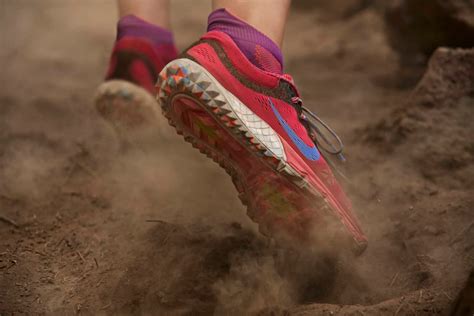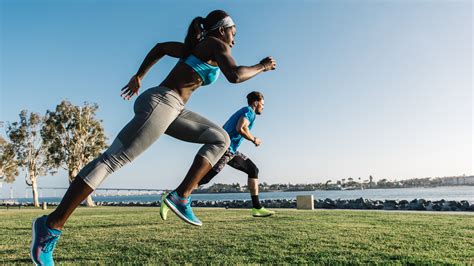Navigating the Demands of Varied Terrain
Venturing off the paved path offers an exhilarating experience, but it also presents unique challenges for your feet and body. From rocky ascents and root-laden descents to muddy trails and slippery gravel, varied terrain demands a specialized approach to footwear. Choosing the right running shoes isn’t just about comfort; it’s fundamentally about providing essential support, enhancing grip, and preventing common injuries that can quickly derail your adventure.
The transition from smooth pavement to unpredictable trails requires shoes designed to handle dynamic conditions. Without adequate protection and stability, runners risk sprains, blisters, impacts from sharp objects, and general foot fatigue. Understanding the critical features that contribute to superior support and injury prevention is key to making an informed decision.

Key Features for Unwavering Support and Protection
When seeking the best running shoes for varied terrain, several design elements come into play, each contributing to a safer, more stable, and more enjoyable run:
1. Superior Outsole and Traction
The foundation of any good trail shoe is its outsole. Look for aggressive lug patterns with multi-directional grip, typically made from durable, “sticky” rubber compounds. Deeper, more spaced-out lugs excel in soft, muddy conditions, while shallower, closer-packed lugs are better for hard-packed trails and rocky surfaces. A robust outsole ensures you maintain footing on slippery rocks, loose gravel, and steep inclines, minimizing the risk of slips and falls.

2. Responsive Midsole and Cushioning
While some trail runners prefer a more minimalist feel for ground feedback, adequate cushioning is vital for absorbing impact over long distances and varied surfaces. A good midsole balances shock absorption with responsiveness, protecting your joints from repetitive stress without making you feel disconnected from the ground. Different foam densities can offer varying levels of plushness and energy return. For technical trails, a rock plate embedded within the midsole is a crucial feature, shielding your foot from sharp rocks and roots.
3. Durable Upper and Enhanced Protection
The upper of a trail running shoe must withstand abrasions from brush, rocks, and debris while remaining breathable. Reinforced toe caps and heel counters protect against stubbing toes and provide structural integrity. Gusseted tongues help prevent dirt and pebbles from entering the shoe. Materials like ripstop mesh or synthetic overlays offer durability without adding excessive weight, ensuring your foot stays secure and protected.

4. Stability and Secure Fit
Unlike road shoes that might focus on pronation control, trail shoes prioritize inherent stability to prevent ankle rolling on uneven ground. Features like a wider base, a secure lacing system, and a snug heel fit contribute to this. Your foot should feel locked in without being constricted, preventing unnecessary movement within the shoe that can lead to blisters or instability. A well-designed shoe will hug your foot, allowing for precise foot placement.

Beyond the Features: Choosing Your Ideal Pair
With a multitude of options available, selecting the perfect shoe depends on your specific needs:
- Consider Your Terrain: Are you mostly running on well-maintained fire roads, or are you tackling highly technical trails with significant elevation changes and obstacles? Shoes optimized for rugged, muddy conditions will differ from those suited for dry, rocky desert trails.
- Assess Your Foot Type: While trail shoes generally offer more neutral support, understanding your arch type and natural gait can help guide your choice, especially when it comes to cushioning and overall feel.
- Try Them On: Always try on running shoes, preferably at the end of the day when your feet are slightly swollen. Wear the type of socks you typically run in. Walk and even jog around in them to assess comfort, fit, and any potential pressure points.

Conclusion: Step Confidently into Your Next Adventure
Investing in the right running shoes for varied terrain is an investment in your safety, comfort, and performance. By prioritizing superior outsole grip, responsive cushioning, durable protection, and a secure fit, you equip yourself to tackle any path with confidence. Don’t let unsuitable footwear cut your trail adventures short; choose wisely and enjoy the freedom of the open trail, injury-free.




